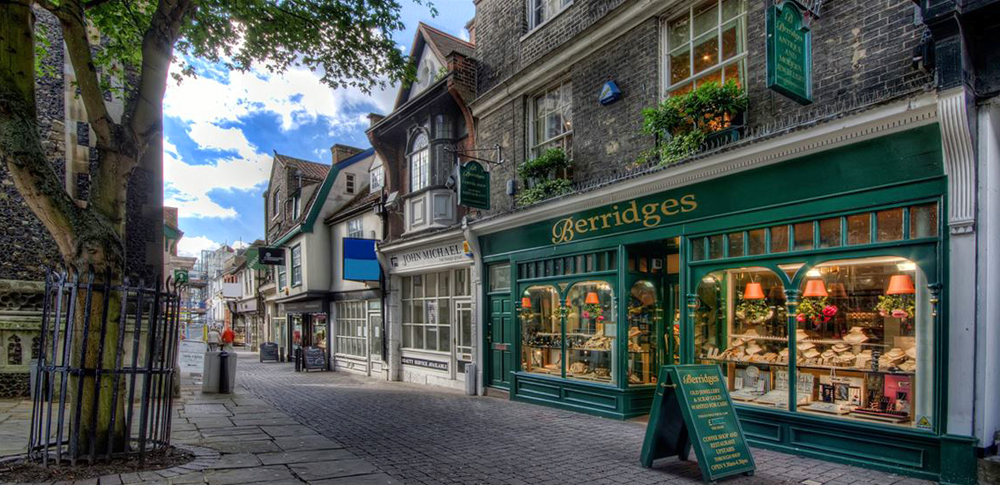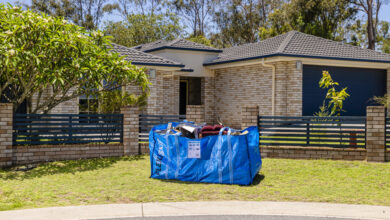Most places named Ipswich around the world were named by people from Ipswich in England.
Ipswich in Queensland is the exception.
When Ipswich was renamed from Limestone in February 1843, the name Ipswich was chosen by an Englishman who was from Stradbroke in Suffolk, England.
Captain Harry Rous suggested to the Governor of New South Wales, Sir George Gipps, that the countryside reminded him of Ipswich, England.
It is thought the Governor liked the similarities of the Old English spelling of Ipswich, Gipeswic, which means to yawn, being similar to his own name, Gipps, and so gave it the go ahead.
Born and bred in Ipswich in the United Kingdom, local historian Caleb Howgego will present Uncovering Ipswich in the United Kingdom as part of Ipswich Libraries Chasing Our Past At Home webinar.
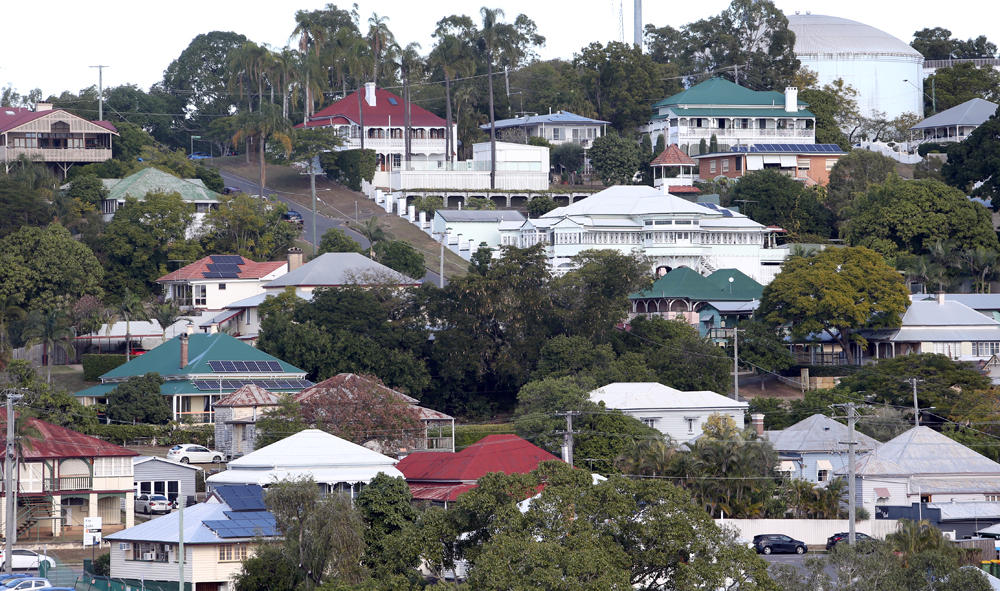
Ipswich, Queensland, Australia looking from the CBD up towards Ellenborough Street
Mr Howgego will take viewers on a ramble through his hometown providing a history of Ipswich using modern-day and archival photography.
He will focus on important architecture and uncover interesting stories connected to the town and some of its more notable characters along the way.
The webinar will be online via Zoom on Tuesday, 29 September at 6pm to 7pm.
You must be a member of Ipswich Libraries to register, you can sign up here.
Registrations close Tuesday 29 September at 9am. You will receive an email containing the ‘Join Zoom Meeting’ weblink prior to the event.
For assistance contact 3810 6815.
Details on the webinar can be found on the Ipswich Libraries What’s On page.
Read also:
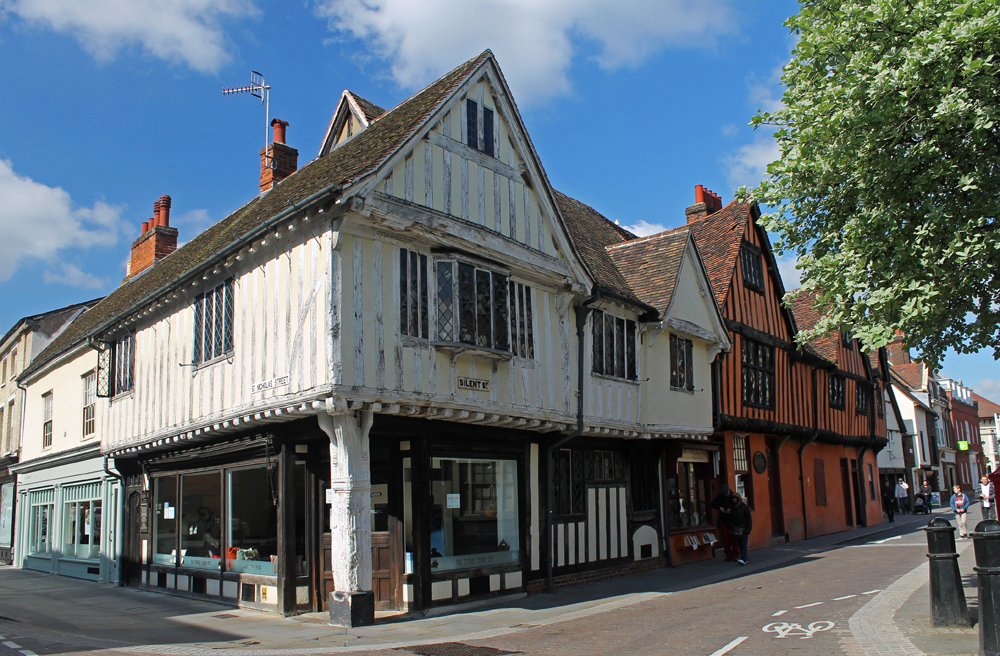
Silent Street, Ipswich UK
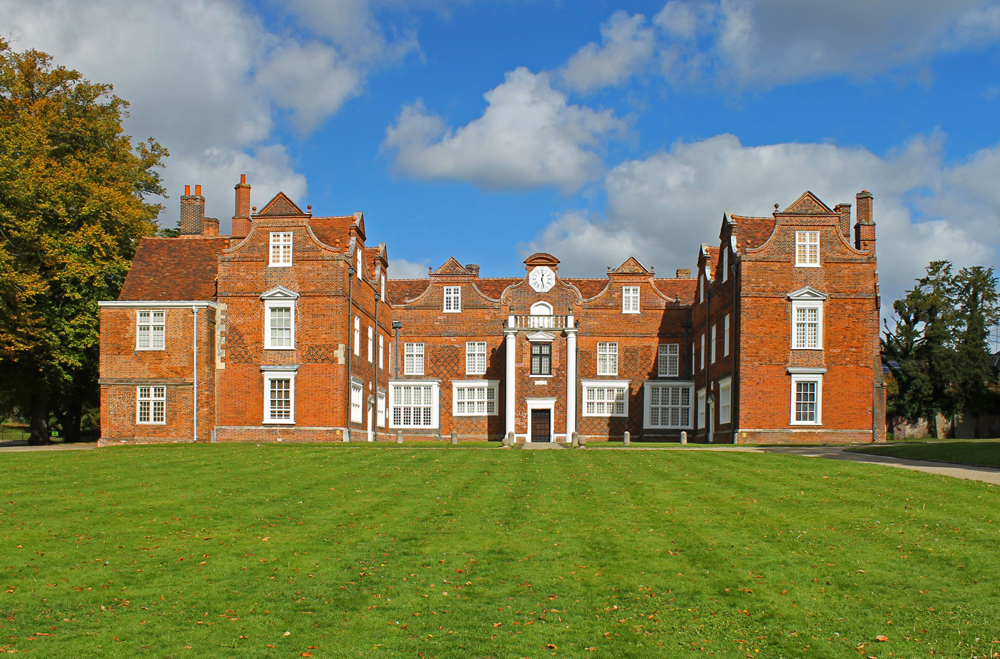
Christchruch Mansion Ipswich, UK

About Caleb Howgego
Caleb Howgego developed a fascination for his town’s history early on.
He has a Bachelor of Arts in History and Politics from the University of East Anglia, runs his own blog on the local history of Ipswich and also works for the Colchester and Ipswich Museum Service.
He has written three books on Ipswich: Ipswich in 50 Buildings (2019), Ipswich History Tour (2016), Ipswich Through Time (2015), all from Amberley Publishing.
QUIZ – Try this Picture Ipswich quiz and find out how much you know about Ipswich
Questions:
Question 1: Ipswich is Queensland’s oldest provincial town. True or false: Ipswich UK claims to be the oldest inhabited town in England?
Question 2: Which infamous divorce was held in the Ipswich UK County Hall in 1936?
Question 3: How many Ipswich’s can you name?
Question 4: Ipswich UK’s Mechanics’ Institute was established in 1824. What year was Ipswich Qld’s Mechanics’ School of Arts opened?
Answers:
Question 1: True
Question 2: Wallis Simpson. Simpson spent six weeks living in Felixstowe to gain residential qualifications to have her divorce hearing held in Ipswich. The hearing happened on 27 October and took 25 minutes. Edward VIII abdicated the British throne in December 1936 so that he and Wallis Simpson could marry.
Question 3: Ipswich, Qld, Australia , Ipswich, Suffolk, UK, Ipswich, Massachusetts, USA, New Ipswich, New Hampshire, USA, Ipswich, South Dakota, USA, Ipswich, Wisconsin, USA, Ipswich, Virginia, USA, Ipswich, Manitoba, Canada, Ipswich, St Elizabeth, Jamaica, Ipswich, Portland, Jamaica, Islas Ipswich, Chile.
Question 4: The School of Arts was first proposed in 1850, as an “Ipswich Literary Institution” to provide a reading room and library with the occasional lectures on local politics, but none on religion. The name changed in 1854, to become “The Ipswich Subscription Library and Reading Room” and again in 1858, becoming the “Mechanics’ School of Arts”. The foundation stone of the building was laid on February 8, 1861 by Governor Sir George Bowen, who returned later in the year to officially open the first section of the building. The final section of the building was added in 1864, with a frontage to Brisbane Street. By 1868, the School of Arts was in financial difficulty and approaches were made to the council, who were at that time looking for a more suitable location for the council chambers. In 1869 council gained control of the building, and it became the Town Hall.

